Dragon in Chinese Mythology
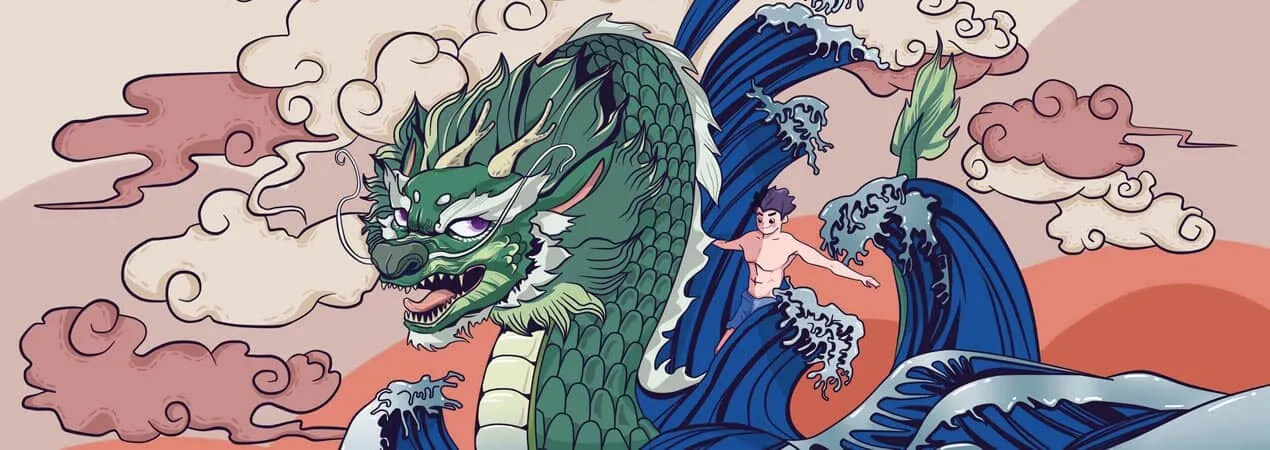
1. Can Chinese dragons breathe fire? If not, what can they do?
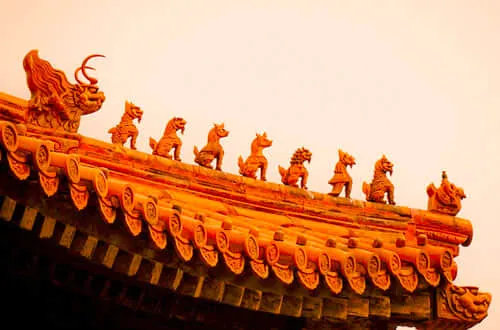
Chinese dragons do not breathe fire. Chinese dragons are known for summoning rain. China is an agricultural country and rainwater is very important for farming, hence dragons were viewed as a benevolent deity that helped bring prosperity to the land.
Chinese dragons also govern other natural elements that associate with rain (wind, clouds, mist, thunder, and lightning).
Many Chinese villages in pre-modern times had temples dedicated to their local "dragon king" (especially those close to rivers and seas). In times of drought or flooding, it was customary for government officials and local gentry to lead the community in offering sacrifices, as well as conducting other religious rituals to appease the dragon, either to ask for rain or a cessation thereof.
2. Ancient Chinese stories, fables, and legends about dragons
Yinglong Helped the Yellow Emperor to defeat Chi You
Huangdi (Yellow Emperor) who ruled about 5,000 years ago was considered to be the initiator of Chinese civilization. Legend has that in the battle of Zhuolu (near the present-day border of Hebei and Liaoning), Yinglong helped Huangdi of the Huaxia tribe to fight against Chi You of the Jiuli tribes and finally kill him. After the battle, the Huaxia tribe settled in the Yellow River plains known as Zhongyuan, and the Yellow Emperor established the Huaxia capital in Zhuolu. The Yellow Emperor and the Yan Emperor were often credited for allowing the Han Chinese civilization to thrive due to the battle, and many Chinese people call themselves "descendants of Yan and Huang" to this day.
Yinglong helped Da Yu to tame the flood
Da Yu (Yu the Great) lived in the 23rd Century BCE. He is the first king of the Xia dynasty (circa 2070-1600 BCE). Da Yu is said to succeed his father to tame the flood. Yinglong used his tail to create rivers and channeled the water to the sea, thus making the world suitable for human habitation. Da Yu won the respect of both king and the people, and therefore elected as king after the king passed away.
Hua Long Dian Jing - adding the eyes when painting a dragon
Zhang Sengyou was a famous painter in the early 5thcentury. One day he visited a temple in the capital Jinling (nowadays known as Nanjing). He painted 4 dragons on the wall, but none had eyes. All onlookers said that the dragons he drew looked like a real dragon, but they were very upset that there were no eyes for the dragons. They asked the painter why he didn’t paint eyes for the dragons. The painter replied: "It's not difficult to draw the eyes, but if I paint the eyes, these dragons will fly away!" When everyone heard it, no one believed him. They thought he was lying and felt it strange that how could the dragons painted on the wall fly away? Zhang took up his brush and added eyes to two of the dragons. Suddenly there was a thunderstorm and the two dragons with the eyes painted on them flew away. The two dragons without eyes have remained on the wall. If you ever watch a lion dance, you may notice that a blessing ceremony is held before the lion’s first dance. The purpose of the ritual is to empower the lion to fulfill its duty of bringing about protection, good luck, health, and prosperity to those present. In Chinese culture, the eyes reflect the spirit, and thus, the last step before the lion comes alive is for its eyes to be dotted.
Ye Gong Hao Long - Lord Ye likes dragons
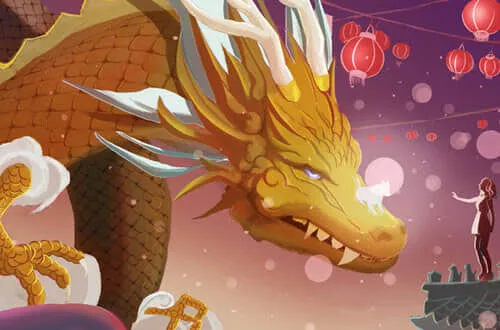
A long time ago, a nobleman call Lord Ye, told everyone that he liked dragons. He had dragon image on his clothes(of course this was before dragons become a symbol of the emperor). He had dragon images on his windowsill and the pillars. The real dragon in the sky heard this and was very happy. The dragon decided to pay a visit to Lord Ye's mansion. Ye Gong was resting in his house. The dragon stretched its head through the window and rest his tail in the hall. When Lord Ye saw the real dragon, he was scared and ran away. It seemed that Lord Ye did not like dragons. He only liked things resembling dragons. This idiom satirizes those who profess to like or support something but are averse to it in actual practice.
3. What is a dragon gate (Longmen)?
There is a waterfall on the Yellow River, called Longmen (Dragon Gate). Each year thousands of koi fish swim upstream against a strong current and if they manage to jump up the waterfall, they turn into a dragon.
Traditionally the story of koi fish jumping over a dragon gate and becoming a dragon was associated with social climbing, especially concerning passing the civil service examinations of imperial China. This means for a young male of any class to enter the bureaucracy and so become a part of the gentry class of scholar-officials. Even today, many Chinese people see the gaokao (the National College Entrance Examination)as koi fish trying to leap the Dragon Gate: it's a challenge, but the rewards will be great.
4. Nine Sons of Dragon
The symbol of nine sons of the dragon appears as specific ornamental objects according to their nature, including bridges, temples, monuments, incense burners, and swords, forming a unique part of Chinese dragon culture.
The proverb that "A dragon has nine sons, none of them resemble each other" is popular among the people.
There are two versions of nine sons:
1. Bixi (赑屃), Chiwen (螭吻), Pulao (蒲牢), Bi’an (狴犴), Taotie (饕餮), Gongfu (蚣蝮), Yazi (睚眦), Suan’ni (狻猊) and Jiaotu (椒图)
2. Qiuniu(囚牛),Yazi (睚眦), Chaofeng(嘲风),Pulao (蒲牢),Suan’ni (狻猊),Bixi (赑屃), Bi’an (狴犴), Fuxi(负屃) and Chiwen (螭吻)
We focus on the first version in our article :
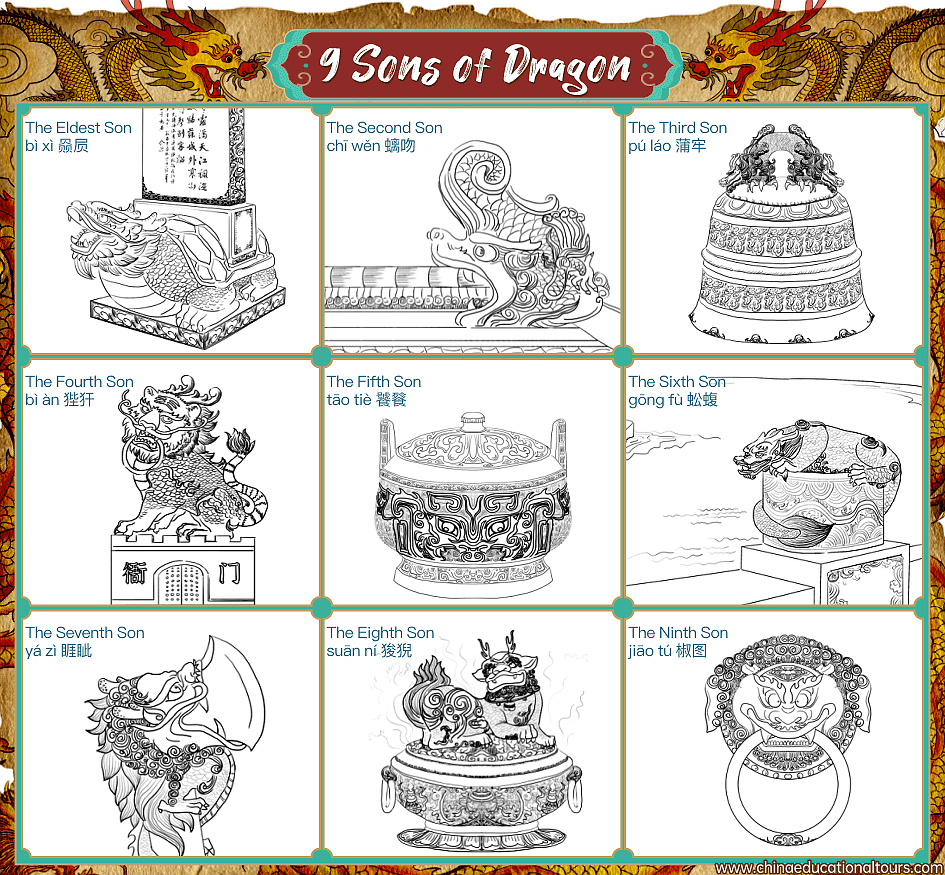
Bixi (赑屃), the eldest son, is a turtle-like creature that carries heavy objects. The hard shell of the turtle represents resilience, toughness, also longevity, and good fortune. Bi Xi can be often seen at the bottom of grave-monuments.
Chiwen (螭吻), the second son, with a dragon head and fish body, is the controller of water. It likes to look down from a high place and are placed on both ends of the ridgepoles of roofs to pray for rain and ward-off fire.
Pulao (蒲牢), the third son, lives in the sea, even though he is a dragon, but is afraid of whales. He roars when attacked by a whale. He was placed on the top of a bell to make the bell sound loud.
Bi'an (狴犴), the fourth son of the Dragon, is a tiger-shaped creature that can distinguish between right and wrong. Prisons and Courts or various justice-related institutions often have his image carved over the entrances to remind all who enter of his watchful presence.
Taotie (饕餮), the fifth son, is a creature with a human face and goat’s body. He is a gluttonous animal and usually appears as the motif on dings (Chinese ritual bronze vessels) during the Shang (18th–12th century BC) and early Zhou (1111–c. 900 BC) dynasties. The taotie motif characteristically consists of two big eyes, two horns, and a big nose in the middle.
Gongfu (蚣蝮), the sixth son, looks like a dragon but with an oblate head. He is a fantastic swimmer whose world is water. You will find his image on bridges and drainage facilities. He is also in control of the floods, and his presence protects against them.
Yazi (睚眦), the 7th son, is a creature with a dragon head and a wolf’s body. He has a fiery temper. He is engraved on sword guards. The presence of Yazi brings fear to the enemy forces and ensures triumph in military conflicts.
Suan'ni (狻猊), the 8th son, is a lion-shaped creature. He is not an active creature but seen sitting still instead. He likes fire and smoke; therefore you can find his image at the incense burners in temples.
Jiaotu (椒图), the ninth son, looks like a conch or clam, and does not like to be disturbed. He is regarded as the guardian of the household. He is often seen on front doors protecting the house from burglars, etc.
5. Why do Chinese dragons hold pearls?
Many pictures of Chinese dragons contain a pearl. Dragons with this dragon pearl found normally under their chin, would be filled with the power to ascend to heaven. The Chinese dragon ascending in a cloud or the sky can be symbolic of "success in life". The pearl would multiply whatever it touched and is said to contain the dragon's immense wisdom. In one ancient tale, a boy found a miraculous pearl. When placed in a jar with just a tiny bit of rice, it filled the jar with rice the next day. After his neighbors discovered this, they tried to steal it. The boy swallowed the pearl to protect it. As a result, he became a dragon. The pearl is also associated with wealth, good luck, and prosperity.
6. In Chinese culture, are there any female dragons?
Female dragons do not exist in Chinese mythology, as dragons are considered a mythical creature and are only depicted as male. Instead, the female counterpart is represented by the phoenix. In ancient Chinese culture, the dragon symbolized the king, while the phoenix symbolized the queen.

OR
Are you eager to begin your Chinese cultural journey?
Drop us a line and we will promptly connect you with our leading China expert!
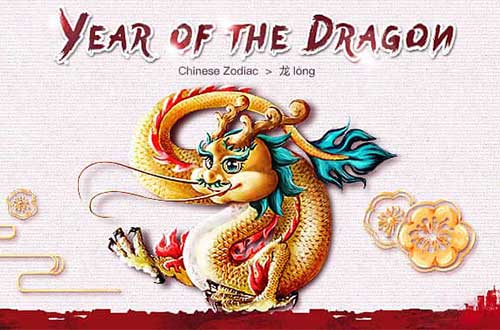 Year of the Dragon - Zodiac Sign 2024
Year of the Dragon - Zodiac Sign 2024 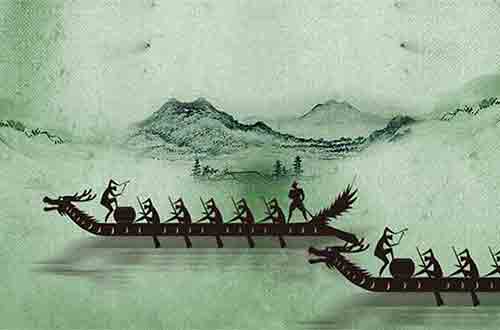 Dragon Boat Festival Facts, History and Traditions
Dragon Boat Festival Facts, History and Traditions  Dragon Boat
Dragon Boat 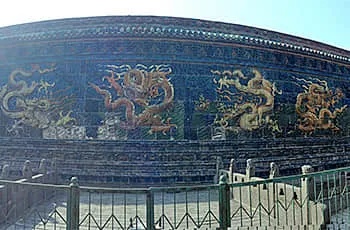 Nine-Dragon Screen
Nine-Dragon Screen